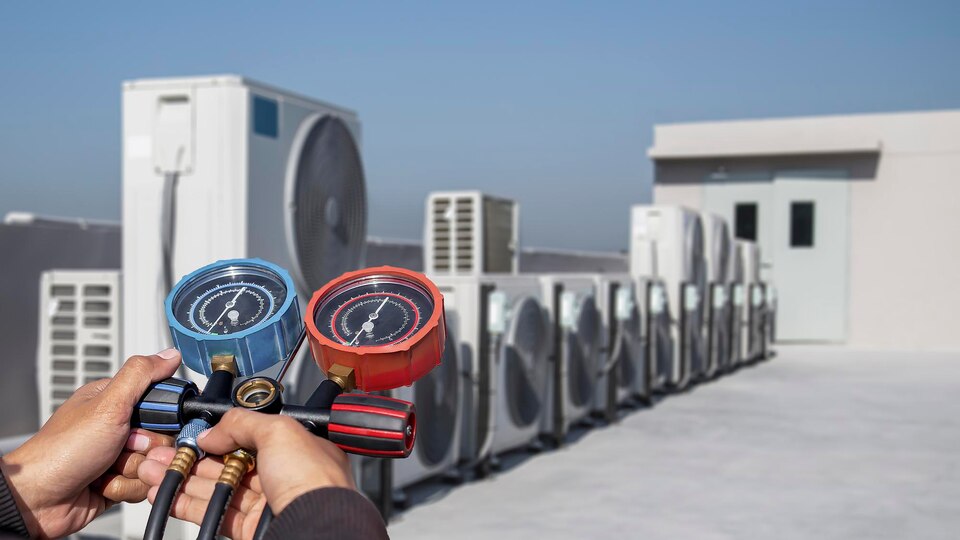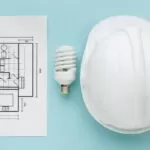Maintaining a well-functioning HVAC (Heating, Ventilation, and Air Conditioning) system is crucial for business owners in Texas, where the weather can be unpredictable and extreme. As a building owner, ensuring the efficiency of your HVAC system not only contributes to a comfortable indoor environment but also impacts your energy bills and overall operational costs. In this article, we will explore seven practical tips to help you maximizing HVAC system efficiency, ensuring optimal performance and long-term savings.
Table of Contents
1. Regular Maintenance Matters
The foundation of HVAC efficiency lies in regular maintenance. Just like any other machinery, your HVAC system requires periodic check-ups and tune-ups to ensure it operates at peak performance. Regular inspections, filter replacements, and cleaning are essential tasks that should not be overlooked. By scheduling routine maintenance, you can identify and address minor issues before they escalate, preventing costly breakdowns and ensuring your system works efficiently throughout the year.
2. Upgrade to a Programmable Thermostat
One effective way to enhance HVAC efficiency is by upgrading to a programmable thermostat. These thermostats allow you to set specific temperature schedules based on your building’s occupancy patterns. For instance, you can program the system to lower temperatures during non-business hours, reducing energy consumption when the building is unoccupied. This simple upgrade not only improves efficiency but also helps cut down on unnecessary energy expenses.
3. Seal Air Leaks
A building with air leaks can significantly undermine the efficiency of an HVAC system. Unwanted drafts can make your HVAC system work harder to maintain a consistent temperature, leading to increased energy consumption. Conduct a thorough inspection of your building to identify and seal any air leaks around windows, doors, and other openings. This small investment in weather-stripping and caulking can result in substantial energy savings, making your HVAC system more effective in regulating indoor comfort.
4. Optimize Ventilation Systems
Proper ventilation is vital for maintaining indoor air quality and ensuring your HVAC system operates efficiently. Regularly clean and inspect ventilation ducts to remove dust, debris, and any potential obstructions. Additionally, consider investing in advanced ventilation technologies that promote better air circulation. By optimizing your ventilation system, you not only improve HVAC efficiency but also contribute to a healthier and more comfortable indoor environment for occupants.

5. Invest in Energy-Efficient Equipment
Upgrading to energy-efficient HVAC equipment is a strategic investment for building owners in Texas. Newer models come with advanced features and technologies designed to consume less energy while delivering optimal performance. Energy-efficient HVAC systems not only reduce your environmental footprint but also lead to substantial long-term cost savings. Evaluate your current equipment and consider investing in modern, energy-efficient alternatives to maximize the overall efficiency of your HVAC system.
6. Educate Building Occupants
Efforts to maximize HVAC efficiency extend beyond the physical equipment; educating building occupants plays a crucial role. Encourage employees to adopt energy-saving habits, such as turning off lights and equipment when not in use. Additionally, emphasize the importance of reporting any HVAC-related issues promptly. Creating awareness among building occupants fosters a collaborative effort to maintain an energy-efficient environment, ultimately benefiting both the business owner and the occupants.
7. Monitor and Analyze Energy Consumption
Regularly monitoring and analyzing your building’s energy consumption provides valuable insights into the performance of your HVAC system. Utilize smart building management systems that track energy usage in real-time. By identifying patterns and trends, you can make informed decisions on when to adjust HVAC settings, schedule maintenance, or consider further efficiency improvements. This proactive approach empowers you to stay ahead of potential issues and ensures your HVAC system operates optimally.
Conclusion
In conclusion, maximizing HVAC system efficiency is a multifaceted endeavor that requires a combination of regular maintenance, strategic upgrades, and proactive measures. As a business owner in Texas, where the climate can pose challenges throughout the year, investing time and resources in optimizing your HVAC system is a prudent decision. By following these seven practical tips, you can not only enhance the efficiency of your HVAC system but also contribute to a more sustainable and cost-effective operation of your building. Remember, a well-maintained and efficient HVAC system is not only good for your bottom line but also for the comfort and well-being of everyone inside your building.




